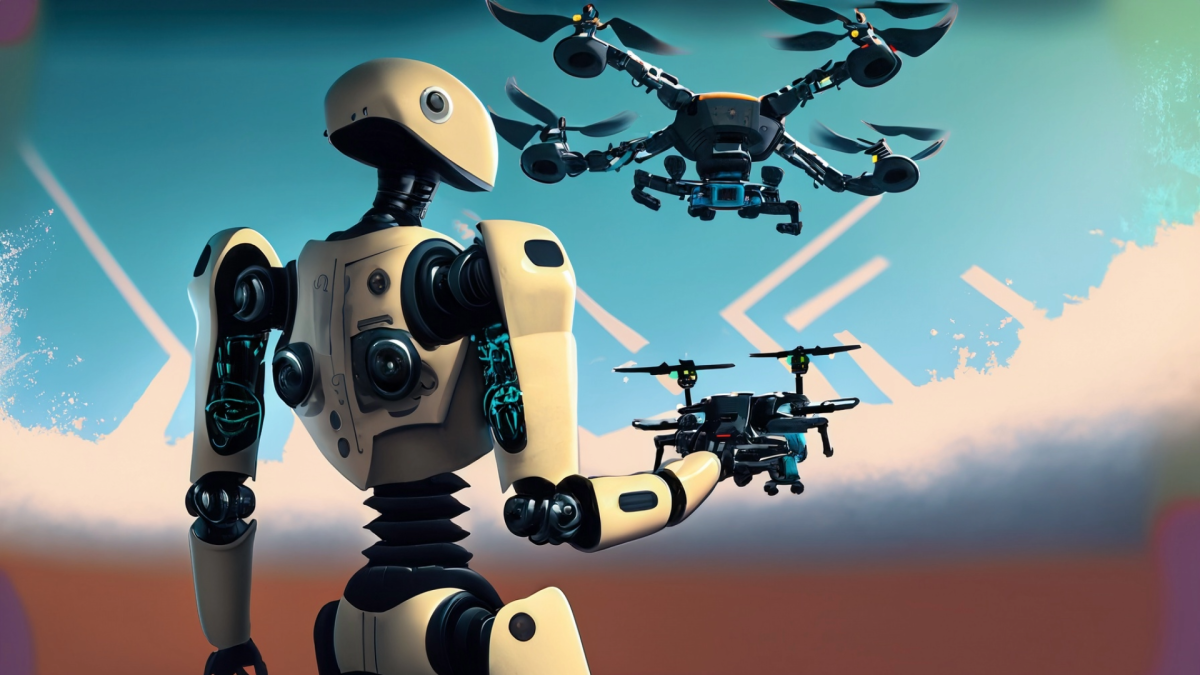
How do you see it? A Lesson on Scale & Proportion
by Crystal Williamson
This lesson is primarily based off of Paul Anderson’s, “The Wonder of Science” website.
The lessons can either be prepared with actual objects with you the teacher instructing or showing the video, and then following up with discussion and hands on discovery thought the use of micro toys, Switch Its or other manipualtives. Mr. Anderson’s videos are accompanied by Google Slides and Think Sheets where students can record their work. There is also a link for the NetLogo Home Page for scaling simulations.
Lesson Grade Level
5th GradeLesson Plan Link/URL
https://docs.google.com/presentation/d/1M7y9H7WAYLJMpojrsJ_z-QmMfPEssINS/edit?u…Related Content

Grades:
6th Grade, 7th Grade, 8th Grade
In the Drone Light Show project, students will explore the intersection of technology, creativity, and teamwork by designing and programming their own synchronized drone light show. Utilizing DJI

Grades:
2nd Grade, 3rd Grade
Students will research a biome around the world, including 3 animals, 3 plants, and 3 nonliving parts of the ecosystem. Students will construct a diorama of the biome and illustrate a natural disaster

Grades:
2nd Grade, 3rd Grade, 4th Grade, 5th Grade, 6th Grade
This lesson was for 2nd/3rd graders in an after-school class. Students were not familiar with 3D printing or Tinkercad. We spent 3 days to complete. Day 1 was learning about 3D printing, opening

